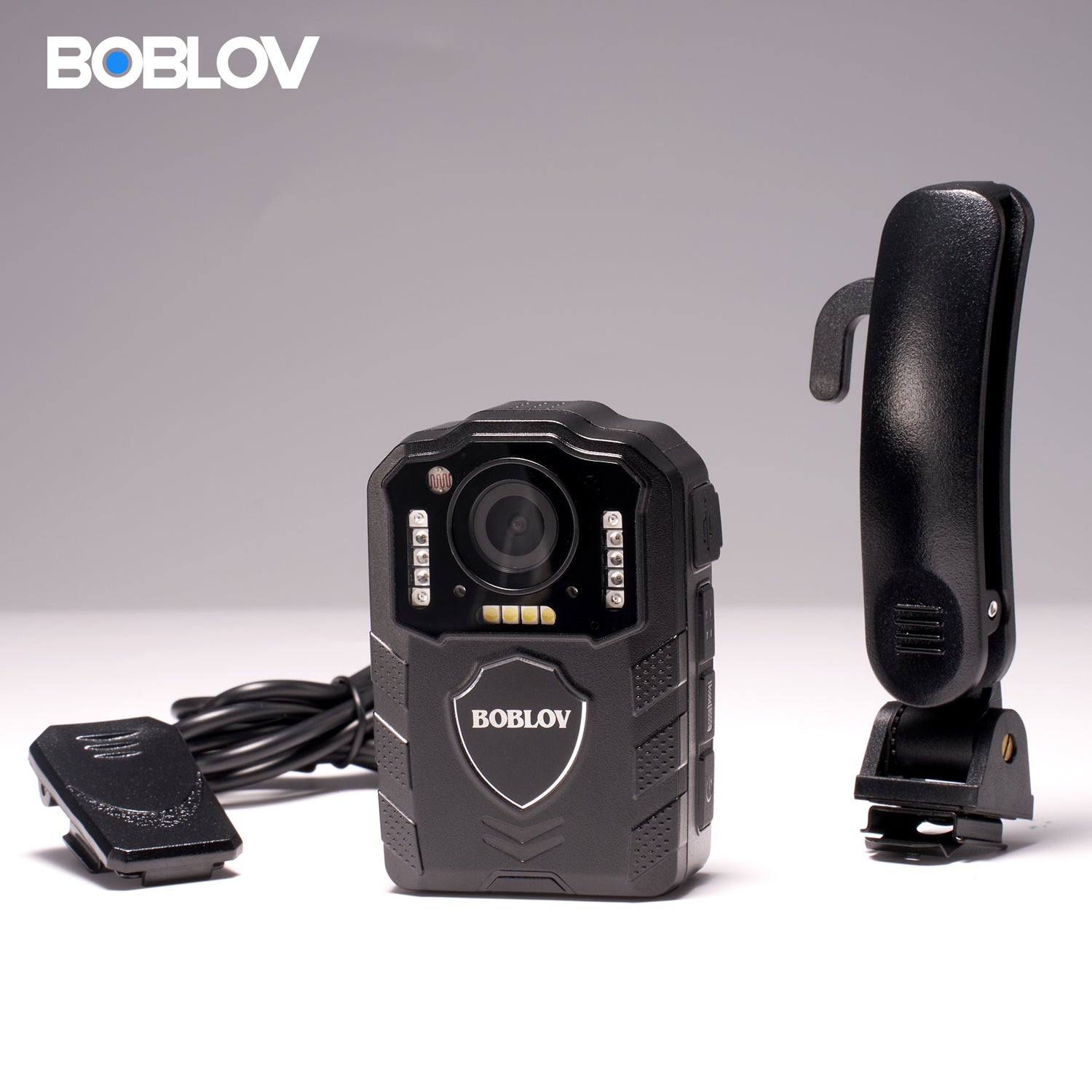The Evolution of Law Enforcement Technology: The Introduction of the Boblov KJ25
Understanding the Technology Behind the Boblov KJ25
The Boblov KJ25 is a compact body camera used by police and security personnel. It has advanced features that enhance law enforcement tasks. These features include high-definition video recording and night vision capabilities. The device is also equipped with a wide-angle lens. This allows for a comprehensive field of view during patrols. It has a sturdy build, which is essential for the physical nature of police work. The camera comes with an easy-to-use mounting system. This ensures that it stays secure on an officer's uniform. Moreover, the KJ25 supports long battery life, allowing for extended use in the field. Another key feature is its tamper-proof design. It includes encrypted storage to protect recorded data. This safeguards against unauthorized access and maintains evidence integrity.

Historical Development of Law Enforcement Body Cameras
The historical development of body cameras in law enforcement has been swift. This trend symbolizes a shift towards transparency and oversight. Early models were cumbersome and limited in their capabilities. As technology advanced, cameras became smaller and more reliable. The introduction of devices like the Boblov KJ25 marks a significant milestone. This particular model offers better resolution, longer battery life, and easier data management. Coordination with legal and police policies has also evolved. Training has become more adept at integrating these devices into daily police work. All these factors highlight the growing importance of body cameras in modern policing.
The Impact of the Boblov KJ25 on Modern Enforcement
The Boblov KJ25 body camera marks a pivotal shift in modern law enforcement. Its integration into police practice has transformed how incidents are recorded, fostering greater transparency and trust. Let's consider its effects:
- Improved Evidence Collection: With high-definition recording, the KJ25 captures clear footage, vital for court cases.
- Enhanced Officer Accountability: The camera acts as an objective witness, deterring misconduct and ensuring policy adherence.
- Community Trust: Visible body cameras, like the KJ25, reassure the public about policing practices.
- Behavioral Changes: Both officers and civilians tend to behave more responsibly when they know they’re being recorded.
- Training Tool: Recorded footage provides real scenarios to train law enforcement, improving response tactics.
The Boblov KJ25 is not just a gadget; it's a powerful tool that upgrades the law enforcement system for better service to the community.
Legal and Ethical Implications of the Boblov KJ25 in the United States
Privacy Laws and the Use of Body Cameras
In the United States, using body cameras like the Boblov KJ25 must respect privacy laws. These laws aim to balance security with civil rights. For instance, some states limit where and when officers can record. Public spaces are often okay, but private settings have rules. Also, people should be told they are being filmed, when possible. Handling the footage is another key point. Who sees it and how long it is kept are big concerns. The goal is to use cameras fairly and carefully.
Ethical Considerations in the Deployment of Boblov KJ25
When integrating technology like the Boblov KJ25, ethical issues are key. These body cams can help with police transparency but also raise concerns. They could impact privacy and civil rights. Agencies must handle the data captured with care. Rules are needed to protect people filmed without consent. The goal is to balance safety with respect for everyone's rights. Clear policies can help avoid misuse of this tech.
Regulation and Training for Law Enforcement Personnel
The regulation and training of law enforcement personnel for the use of Boblov KJ25 body cameras are vital. In the U.S., agencies must navigate complex laws to ensure their officers are well-versed in body camera protocol. Departments need clear policies on when to record and how to store footage. Officers require training on privacy and bystander rights. The goal is to balance transparency with legal standards. Proper use of the KJ25 can enhance trust between police and the community.
The Future of Body Cameras in Policing: Trends and Predictions
Innovations in Body Camera Technologies
As technology evolves, body camera innovations are revolutionizing policing. The Boblov KJ25 reflects a leap forward in law enforcement tech. It represents the start of a new era. With its advanced features, it has set a high bar for what is possible. Future body cameras will likely build upon the robust framework the Boblov KJ25 has provided. We can expect improvements in video quality, battery life, and secure data storage. Also, easier ways to manage the footage. AI integration may enhance incident analysis and evidence gathering. The evolution is aimed at making the devices even more helpful and accountable. It is a fascinating and ongoing journey into the technological forefront of public safety.
The Role of AI and Machine Learning
AI and machine learning are reshaping body camera tech. These tools help in analyzing vast amounts of video data. They can spot patterns and trends often missed by humans. AI can aid officers in real-time during complex situations. ML can improve facial and behavior recognition in footage. The tech can also redact sensitive info to protect privacy. As AI evolves, cameras like the Boblov KJ25 will get smarter. They will offer greater support to police and security fields. These advances will create more trust and transparency in law enforcement.
Preparing for the Next Generation of Body Cameras
As body cameras evolve, agencies must prepare for the next generation. Training and policy updates will be key. Also, they will need to budget for more advanced units. Greater data storage capacities will be vital. Secure data management practices must be planned. Plus, integration with other tech systems will be crucial. They must ensure these devices respect privacy rights. Extra steps for transparency and community trust will be needed.




